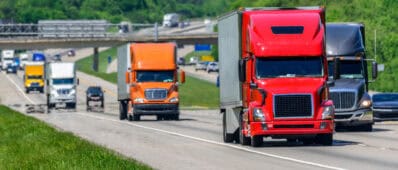Abstract
California is one of the largest producers of perishable produce in the world; producing about 25 million tons of fruits and vegetables each year. This sector supports a large transportation industry that handles the exports of these goods. Starting from the 1950’s, the export of produce has gradually shifted modes from rail to trucks. Currently, only 3% of California’s produce is being exported by rail. However, this share has begun to increase due to efforts in private industry to monetize this space, with total rail tonnage exceeding one million for the first time in decades starting in 2012. See Figure 1. Much of this increase is due to the modest success of companies in the San Joaquin Valley aggregating crop exports onto rail unit trains. While utilizing trucking may be cheaper for growers, shippers, and buyers, it has generated a number of negative externalities, including impacts to the environment, public health and public roads (e.g., pavement damage). Encouraging a shift from transporting produce by trucks to rail could help reduce these negative externalities.
